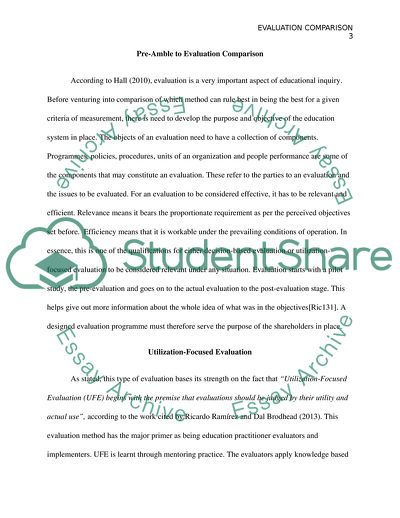Cite this document
(Planning and Conduction of Evaluation Case Study Example | Topics and Well Written Essays - 3750 words, n.d.)
Planning and Conduction of Evaluation Case Study Example | Topics and Well Written Essays - 3750 words. https://studentshare.org/education/1810716-comparison-between-decision-based-evaluation-and-utilization-focused-evaluation
Planning and Conduction of Evaluation Case Study Example | Topics and Well Written Essays - 3750 words. https://studentshare.org/education/1810716-comparison-between-decision-based-evaluation-and-utilization-focused-evaluation
(Planning and Conduction of Evaluation Case Study Example | Topics and Well Written Essays - 3750 Words)
Planning and Conduction of Evaluation Case Study Example | Topics and Well Written Essays - 3750 Words. https://studentshare.org/education/1810716-comparison-between-decision-based-evaluation-and-utilization-focused-evaluation.
Planning and Conduction of Evaluation Case Study Example | Topics and Well Written Essays - 3750 Words. https://studentshare.org/education/1810716-comparison-between-decision-based-evaluation-and-utilization-focused-evaluation.
“Planning and Conduction of Evaluation Case Study Example | Topics and Well Written Essays - 3750 Words”. https://studentshare.org/education/1810716-comparison-between-decision-based-evaluation-and-utilization-focused-evaluation.


